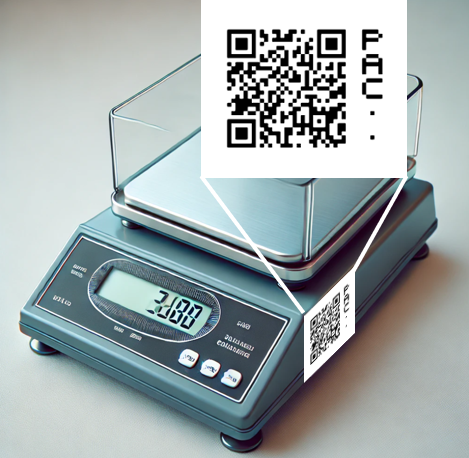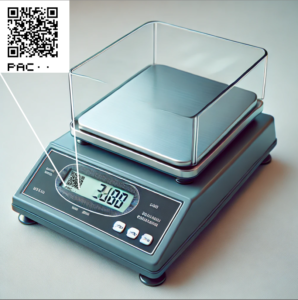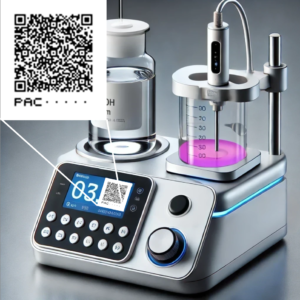LabFREED Building Blocks
Our Building Blocks
Laboratories often creates multiple identifiers for the same object. PAC-ID can replace all these identifiers. Moreover, PAC-ID is the heart of the LabFREED universe, which enables the other building blocks to function.
PAC-ID works for anything in the lab, which requires identification:
Materials, such as Devices, Substances and Consumables as well as Data (Results, Methods, Calibrations, Progress) can all be identified with PAC-IDs.
Add More Meaning to PAC-ID with PAC-CAT
PAC-CAT extends PAC-ID by defining clear categories (e.g. device, substance, result) and the key details expected for each (e.g. model number, batch, serial number). This makes identifiers not only unique but also meaningful, easier to interpret across systems, and more reliable for finding related information.
Example:
This Mettorius balance is identified by this PAC-ID, which is structured according to PAC-CAT:
HTTPS://PAC.METTORIUS.COM/-MD/240:BAL500/21:210263
It is represented as QR code, so it can be easily scanned with readily available devices.

When the PAC-ID is scanned the PAC-ID Resolver provides links to information about this device.
By configuring the PAC-ID Resolver the information shown can be tailored to the object the PAC-ID identified.
HTTPS://PAC.METTORIUS.COM/-MD/240:BAL500/21:210263
HTTPS://PAC.METTORIUS.COM/-MS/BAL-CLEAN/56985*75XMN0ZRFI421A
HTTPS://PAC.METTORIUS.COM/-MC/976534/X6766M*3OLSTPM4M876ZQI0IMVN8Y
HTTPS://PAC.METTORIUS.COM/-DR/550e8400/-MD/T-801/895467
T-REX allows to attach this data directly to the PAC-ID. This is convenient for the user, because by scanning the PAC-ID this data is transferred, as well.
This result of a BAL500 balance contains the weight, tare and temperature.

This result of a T-801 titrator contains the endpoint, as well as the titration curve.
